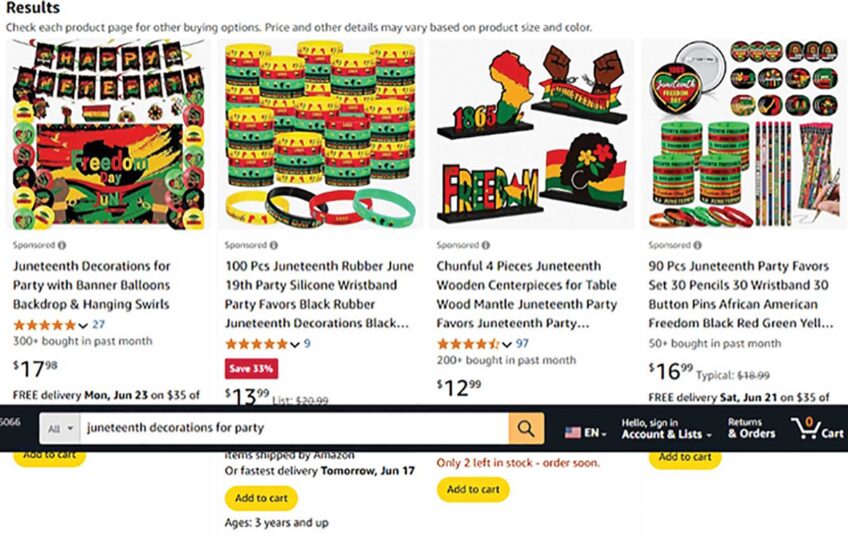What to wear now: New rules for interview attire
Business bits, tips, tricks and the latest things you need to know
You’ve survived a few phone screenings, and now the hiring manager is ready to see you in person. You’ve done thorough research on the company, practiced answering the most common interview questions and figured out some great questions to ask face-to-face. There’s really only one thing left to figure out: What will you wear?
You think the answer is pretty simple: A dark, perfectly pressed and tailored suit. It’s what everyone wears to a job interview. Right?
Don’t bet on it.
Where desk employees in the pre-2000s would almost always show up to work in ties, khakis, blouses and heels, you might see employees in those same roles today heading to work in jeans, sneakers and hooded sweatshirts. And with so many employees (and employers) taking the casual approach to workplace attire, the recommended attire in the interview room is changing, too.
“I don’t believe the suit is completely dead — but it is dying, and it’s not a slow death,” says Kalei Carr, who runs a consulting firm in Atlanta that specializes in image and personal branding for women.
The old uniform: Carr, who hosts a podcast titled “Beyond the Business Suit,” notes that the standard “interview uniform” for both men and women — a conservative dark business suit with dress shoes or heels — began to lose favor somewhere between 2008 and 2010.
She pegs the change to the rise of the tech industry. This sector has made a mantra out of being anti-corporate, right down to a culture that encourages jeans and T-shirts. In tech, even the offices aren’t really offices anymore. They’re lofts or other open floor plans, which combine commercial and industrial at least aesthetically. The idea is to foster a culture of collaboration and camaraderie — and theoretically, comfortable dress will support these notions.
Thanks to tech’s influence, most other industries have been going more casual, and so the idea of a job candidate arriving for an interview in formal attire can seem like kind of a disconnect.
The new uniform: “I’m seeing women opt for things like a dress and blazer, or a pencil skirt, blouse and blazer (instead of) the traditional matching business suit now,” Carr says.
Men, she says, are now more commonly wearing blazers and button-down shirts to interviews and sometimes — gasp — they’re entering interview rooms without ties!
But what you should wear to your job interview really depends on the job you’re applying for, the company culture and the industry at large.
Kim Zoller, CEO of Image Dynamics, a Dallas-based company that coaches executives on image, tells a story of working with Vans, a shoe and clothing company made popular by skateboarding culture of the 1990s. Zoller said she was told in advance of a meeting with Vans bosses — a de facto job interview — not to wear a suit.
“You have to know your audience,” Zoller says. “We were told, ‘If you come in wearing a suit, they’re going to think you don’t know who they are.’”
Zoller and Carr agree that the best policy is to dress for the interview at least one notch more formally than the people who already work for the company. Once you get the job, you can let your hair down, Carr says. If you’re unsure how people at the company dress, ask the recruiter or manager you’ve been in touch with. They’ll probably appreciate your initiative.
— Bret Silverberg, Monster.com






